University of Miami School of Nursing & Health Studies Stimulation Hospital
Gwinnett Center for Sexually Exploited Children (CSEC)
Work After COVID-19: Trusting the Transition
Like many, I sense the looming anxiousness about returning to work in a few weeks as shelter-in-place policies are lifted. Although many are looking forward to reuniting with colleagues and returning to the office desk away from distractions at home, I have concerns.
These concerns mirror those of our employers, building owners, and landlords, as we all see clearly how a safe reunion is a shared responsibility. Will the office building I am returning to have procedures in place to keep me safe? Am I putting my family at risk by returning to work? How can I trust that everyone is doing their part today to make our workplace a healthy environment?
To combat these worries, I am putting trust in my employer, co-workers, and those that operate my building. So are most people around the world, according to this year’s Edelman Trust Barometer Special Report. The survey found that 63 percent of people around the world believe information regarding COVID-19 from employers, compared with 58 percent for a government website and 51 percent for traditional media. Let this sink in. The majority polled are putting their trust in their employers. So, how can companies make it easier for their workforce to trust them?
Here are just a few ways:
TRUST IN THE EMPLOYER
Employers will be the trusted guide employees look to before and after returning to work. Going beyond staggering the return of employees or off-setting work hours, companies will need to actively work toward a resilient environment for years to come.
Workers will also trust their employers are following vetted and globally adopted standards. Hosting reoccurring meetings, sending weekly communications, and posting signage throughout the office can help publicly display that these standards are being followed.
Perceived safety will promote trust in the built environment as much as tangible improvements. For example, biophilic design that incorporates indoor greenery can help support wellness beyond mental health. Not only is this a tangible way to improve air quality and alleviate asthma, but it is a visual cue to employees that changes are taking place to improve their health and wellbeing.
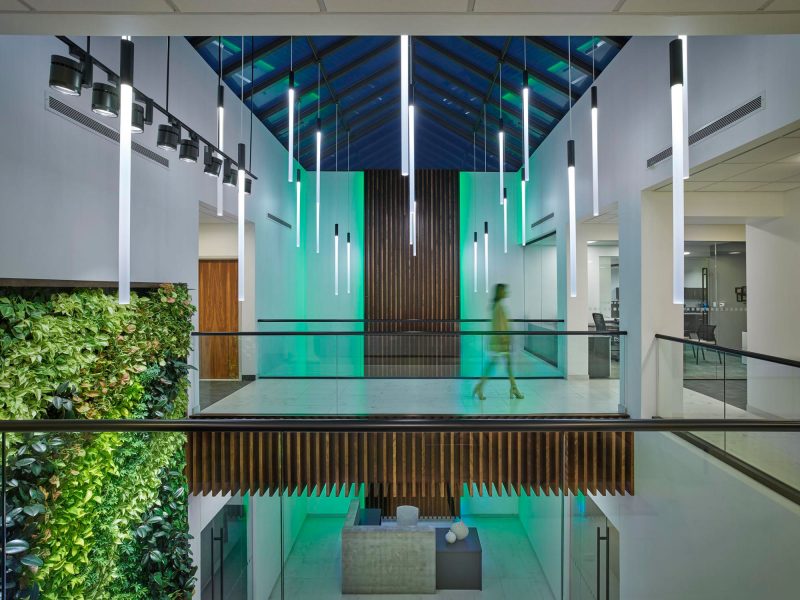
TRUST IN THE CO-WORKER
It will be challenging to rely on others when returning to the office. There are small practices that can be put in place to help colleagues garner trust in each other and limit fears of the unknown. A few minor physical adjustments to the fixtures and furnishings can add some much-desired security.
Many corporate workplaces decorate their offices and amenity spaces with potted plants. These may be an aesthetically pleasing tool that can also serve as added barriers throughout the office, both in pathways and in alternating workstations. Moss can contribute to improved indoor air quality, removing particulates from the air throughout the day, offering acoustic buffers, and feeding the visual desire to maintain social distancing while inside the building.
Mobile partitions made available to occupants, within reasonable safety, can also provide some quick remedy to promoting space without isolating. Signage within the employer’s workplace can offer continuous reminders for best practices related to hygiene. Personal protective equipment, specifically face masks, may become a standard office supply, much like toilet paper and hand towels. These simple but effective measures can help initiate trust among co-workers while organizations work to budget toward larger-scale strategies.
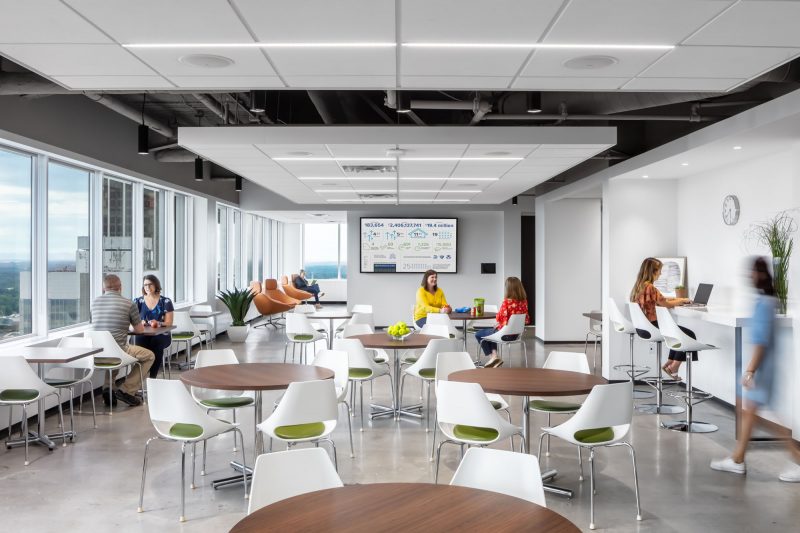
TRUST IN THE BUILDING OWNER
Landlords and owners charged with operating office buildings have a huge responsibility to keep their tenants safe. For office buildings in bigger cities with higher foot traffic, they may need to close off certain entrances or regulate entry points by implementing and communicating a new wayfinding strategy that adjusts the traditional guest journey in the space. Landlords will need to pay attention to lobbies and communal areas by reducing capacity and implementing robust cleaning strategies.
Propping doors open that aren’t automatic and adding more hand sanitizing stations in common areas are other ways landlords and building operators can help employees feel more comfortable. Seeing precautions in place will allow employees to put more trust in the buildings they are entering each day.
Employers and landlords have the power to be a comforting and reliable source during this time of uncertainty. Implementing mitigation strategies fosters trust and dignity when returning to the workplace.
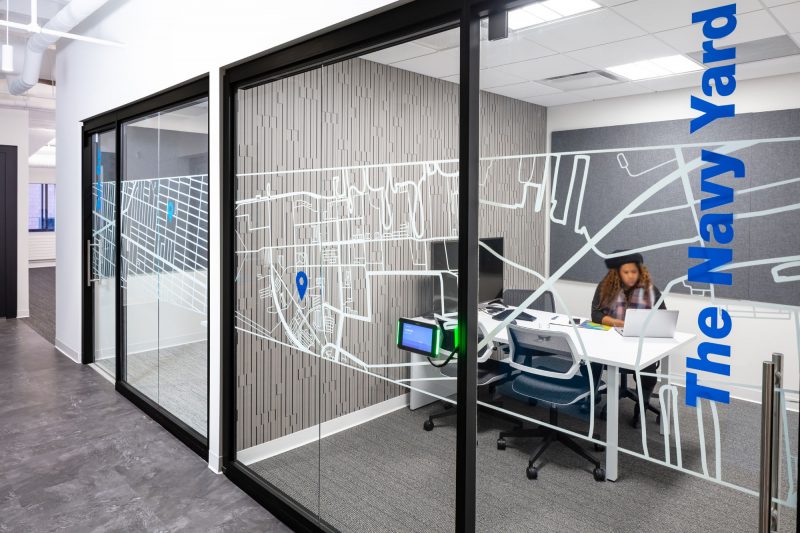
Ace Hardware
Mixed-Use Developers Expand Into Pop-up Villages
For years, brands and retailers have leaned into pop-ups as a way to uniquely connect with niche consumers and ultimately, create buzz. Now, mixed-use developers are taking it to the next level with the “pop-up village” concept. These environments feature several spaces, instead of a singular experience, and create a mini mixed-use destination, if you will.
This month NELSON teammates explored two of these villages—The Current located at the Boston Seaport and The Box Shops in the West Loop of Chicago—clearly designed to connect with up-and-coming urban markets.
The Current
Located in the Seaport District of downtown Boston, The Current, by WS Development is a retail village that is home to “an ever-evolving lineup of brands and businesses that spin the concept of a traditional storefront into something truly special.” As guest tenant(s) rotate, each village expression is strategically woven together with a theme. This POV-driven location gives consumers the chance to discover something new throughout the course of the year, while also acting as an innovative retail incubator for brands. Previously, The Current curated a collection of female business founders and distinctly branded the experience as She-Village.
At the moment, The Current is hosting the infamous best-in-beauty brand, Glossier. While we’ve watched Glossier make waves in the retail world, this location is differentiated from its NYC flagship and other pop-ups. Making its debut in Boston, the brand did a full takeover of the Current’s nine freestanding spaces. Each individual space creates a focused display for each of Glossier’s product categories (makeup, skincare, body care and fragrance) or brings to life immersive, “selfie-worthy” installations that celebrate key brand elements. Shoppers order product as they shop each category’s space, and then head to a dedicated pick-up location that serves the entire destination. The execution is undeniably Glossier as each exterior and employee is decked out in the brand’s iconic Millennial pink.
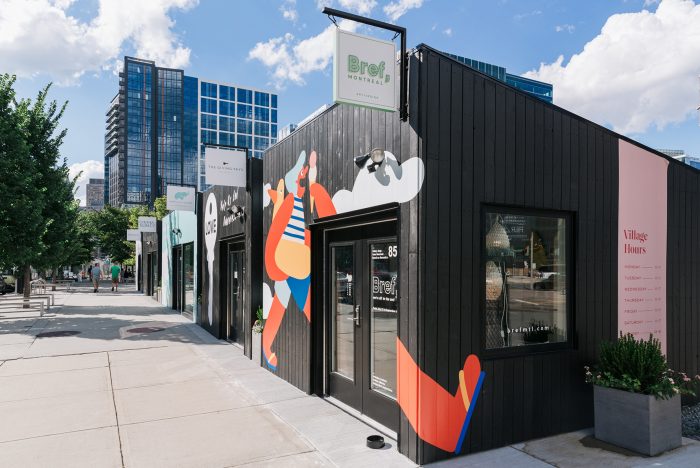
The Box Shops by Related
At The Box Shops in West Loop Chicago, shoppers can enjoy a “rotating roster of local retailers” in a temporary retail market made of repurposed shipping containers. Powered by Related, the developer behind Hudson Yards, and in partnership with Equinox and Boombox, The Box Shops consist of seven spaces, none over 320 square feet in size with vendor leases starting at $1,000/month. This strategic retail solution provides local start-ups with access to an area they otherwise may not have been able to afford, while also bringing retail into parts of the city where it’s currently lacking. Related reports that the activation has brought more awareness to the site, where they’re building a hotel and apartments nearby, as well as its bigger developments.
The night we stumbled upon the space, you could shop for gifts or jewelry, grab a beer or Israeli street food, and hear a DJ’s music trickle into the streets. It featured an outdoor lounge that invited you to stay awhile and “sip, shop or play”—a non-committal way to enjoy a bustling Chicago neighborhood that often requires a reservation.
We’ll readily admit that we’re a sucker for any kind of new experience, knowing we can always learn something from it—but we predict this pop-up village concept might be here to stay. It steals the novelty of a traditional pop-up, while also providing a reliable, go-to retail destination. And, we’re excited to see mixed-use developers taking the lead to create valuable experiences for tenants and consumers, alike.
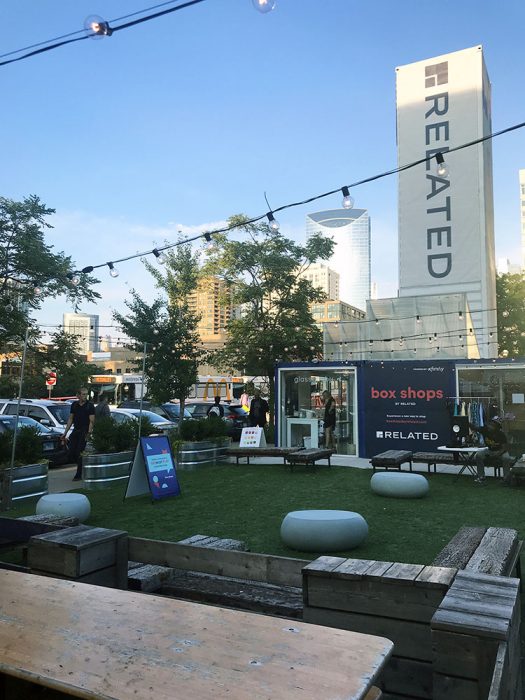
Fast Food Goes Organic
While attending a wedding this past weekend in Santa Rosa, California, I did a double take when I drove by a drive-thru restaurant with grass growing from the roof and a water tower in the lawn. I quickly recognized the Amy’s logo – not because of my familiarity with the restaurant, but from the numerous Amy’s products (from soups to frozen pizza) I’ve consumed over the years. Known for their organic and gluten-free options, Amy’s Kitchen products are sold at most major grocery stores from Walmart to Fresh Thyme.
What I didn’t know was that in July of 2015, the brand opened their first drive-thru restaurant less than 15 miles from their headquarters in Petaluma, CA. Other than soda, everything on their menu is organic (with plenty of vegan and gluten-free options). But beyond their menu, the brand celebrates their roots in every touchpoint of the experience – from solar panels, to the living roof, to the tower collecting rainwater to help sustain the landscaping, the fast food prototype seems to be a perfect extension of the wholesome brand.
With today’s consumer more focused on overall wellness and transparency versus low calorie and low carb, a true drive-thru prototype built on a strong brand story and healthier options has the potential to gain popularity. So if you are ever in Sonoma, make time to check it out (…eating organic will make you feel better about the wine tasting that will be sure to follow)!
Photo Credit: Amy’s Drive Thru, KQED Food, Business Insider
Hanging Around
Being part of the Hospitality Studio, I am always interested in staying at unique and different lodging experiences when traveling. So, on a recent trip to the Pacific Northwest with my husband and friends, we journeyed a little further north than originally planned to spend the night in sphere tree houses. It was definitely worth it!
Located in a coastal rainforest on Vancouver Island, British Columbia, Canada, the spheres are the creation of Tom Chudleigh. We had a chance to meet Tom and see his workshop where he is currently constructing more sphere tree houses. He utilizes techniques from boat building when constructing and outfitting the spheres. Practically everything is made by Tom, even the hinges and locks for the windows and doors.
The spaces inside the spheres are incredible efficient with storage nooks in any “open” space. Each are equipped with a bed, seating and a kitchenette area enough to make coffee or tea in the morning. There is no running water in the spheres but the bath facilities are very close by. Each sphere is hung in middle of three trees in a way that doesn’t harm but allows the tree to continue to grow and thrive.
If you ever find yourself on Vancouver Island, I high recommend making the journey to forest and staying in a Free Spirit Sphere!
Photo credit: Free Spirit Sphere
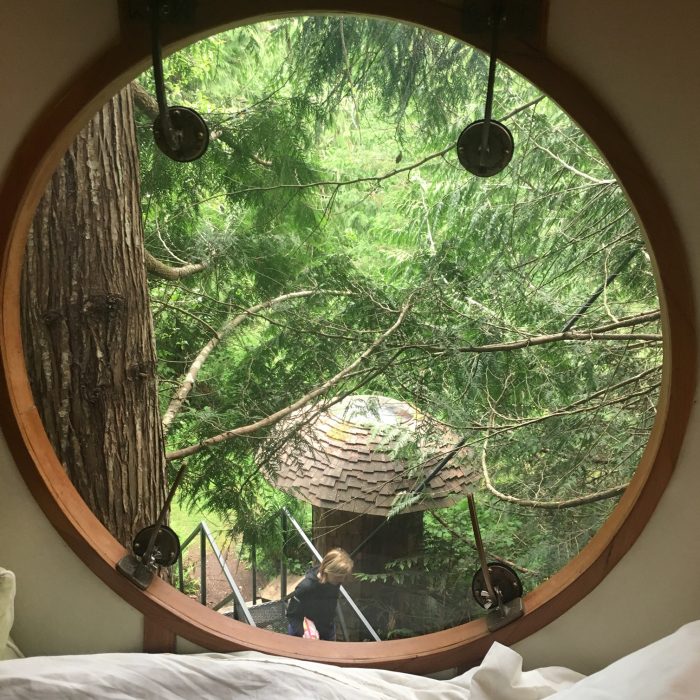
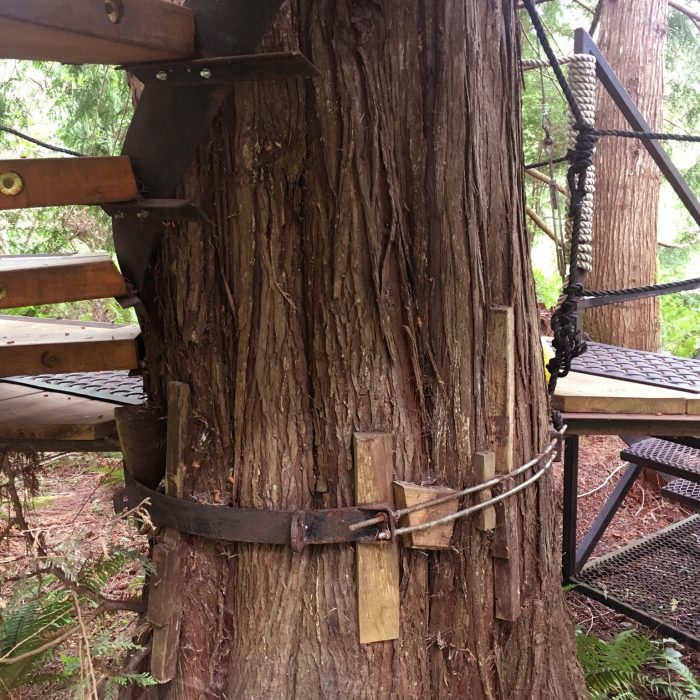
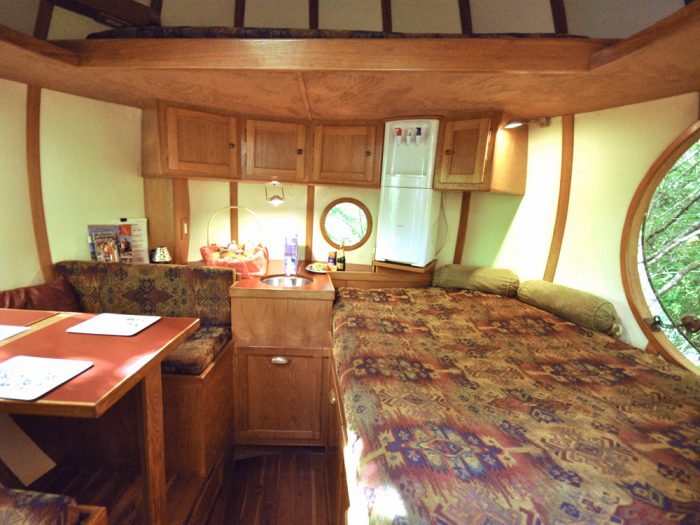
Black History Month: Honoring the lesser-known stories that didn’t make history books, but made a big impact
Black History Month serves as a time to pay homage to the contributions, struggles and triumphs of Black Americans in our nation. However, many impactful stories never made it into the history books. This year, NELSON teammates are shining a light on some very important, but lesser-known stories of Black history.
Maya Angelou Quote: “When you know better you do better”.

Deed of Gift, Robert Carter III
Robert Carter III was the grandson of Robert “King” Carter of Virginia. The Carters were a prominent slave-holding family and although their names are often forgotten in history books, their inner circle included Thomas Jefferson and George Washington. In the years during and immediately following the American Revolution, Robert Carter III went through a sort of religious awakening and began to question the morality of the practice of slavery. At the time, he had at least a dozen plantations and more than 500 slaves. Following the laws of Virginia (at the time), Carter decided he was going to free all his slaves. In 1791, Carter filed his Deed of Gift with the county courthouse. This Deed of Gift was a schedule that included the names of every one of his slaves he intended to free and the dates on which they would gain their freedom.
Carter’s Deed of Gift is significant for many reasons. It was the single largest case of a slave owner manumitting his slaves (more than 500) before the end of the Civil War. Many enslaved persons in this country cannot trace their lineage prior to the Civil War because records of the names, ages, birthdates, etc. were not documented. Carter’s Deed of Gift allows some descendants to find the names of their enslaved ancestors, what plantation they lived on, and in some cases, who their other family members were.
“…I have for some time past been convinced that to retain them (slaves) in slavery is contrary to the principles of religion and justice, and that therefore it was my duty to manumit them if it could [be] accomplished without infringing the laws of my county and without being of disadvantage to my neighbors and the community at large.”
-Robert Carter III, Deed of Gift, August 1, 1791.
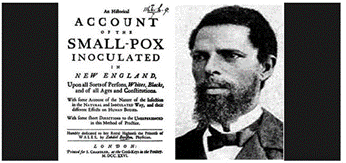
How an Enslaved African Man Shared a Revolutionary Way to Prevent Smallpox.
In 1721, a smallpox epidemic struck in Boston. This highly contagious virus was killing hundreds during a time of lesser medical advancements. It was an enslaved man named Onesimus who brought vaccinations to America and changed everything.
Onesimus was purchased in 1706 by Cotton Mather, a prominent Puritan minister. Though Mather held a great distrust for Onesimus, he knew that the man was clever. Around 1716 Onesimus described to Mather the process of inoculation that had been performed on him and others in his society in Africa. This was a process where they would cut the skin and put in a drop of the “juice of Small-Pox”. Amid the spreading sickness of Small-Pox throughout Boston in 1721, Mather brought this vital information to Dr. Zabdiel Boylston, who, despite a major pushback against the idea, managed to successfully inoculate 240+ people. It is noted that Boylston first tried the inoculation on his 6-year-old son and two of his slaves first. As a result of the inoculation only six people experienced death compared to 844 deaths experienced by non-inoculated smallpox patients.
What is Critical Race Theory (CRT) and Why is it Under Attack?
CRT is an academic concept that is more than 40 years old. The core idea is that race is a social construct, and that racism is not merely the product of individual bias or prejudice, but also something embedded in legal systems and policies.
The topic has exploded in the public arena recently—especially in K-12, where numerous state legislatures are debating bills seeking to ban its use in the classroom. Several events of the last decade have increased public awareness about things like housing segregation, the impacts of criminal justice policy in the ’90s, and the legacy of enslavement on Black Americans.
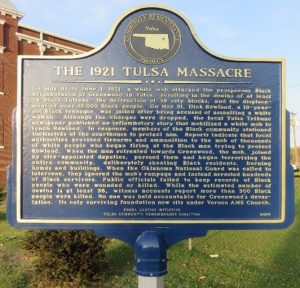
1921 Tulsa Race Massacre
The 1921 Attack on Greenwood was one of the most significant events in Tulsa’s history. Following World War I, Tulsa was recognized nationally for its affluent African American community known as the Greenwood District. This thriving business district and surrounding residential area was referred to as “Black Wall Street.” Greenwood Avenue featured luxury shops, restaurants, movie theaters, a library, pool halls and nightclubs. In June 1921, a series of events nearly destroyed the entire Greenwood area.
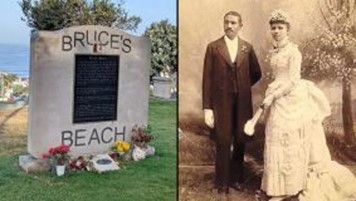
Bruce’s Beach
In 1912, Willa and Charles Bruce bought a parcel of land in Manhattan Beach, California. They operated a lodge, café, and dance hall on the property and the area became known as Bruce’s Beach Lodge. It was a refuge for Black beachgoers to enjoy a weekend away. Eventually the couple was harassed, threatened and forced out. In 1924, city officials condemned the property and forced the Bruces to sell and leave, robbing future members of the Bruce family of generational wealth from the land.
In the fall of 2021, the Bruce family got their beach back. The historic Bruce’s Beach case is inspiring social justice leaders and reparations activists to fight for other Black families whose ancestors were also victims of land theft in the United States.
Lewis Howard Latimer – Inventor
While Willis Carrier is credited with creating the first electric air conditioning unit in 1902, Lewis Howard Latimer is credited with creating the first evaporative air conditioner (swamp cooler) in the 1800’s. Lewis was an inventor and draftsman best known for his contributions to the patenting of the light bulb and the telephone. He held seven patents (below) and was recruited by Edison Pioneers where he created the ‘electric lamp’. Lewis is in the National Inventors Hall of Fame.

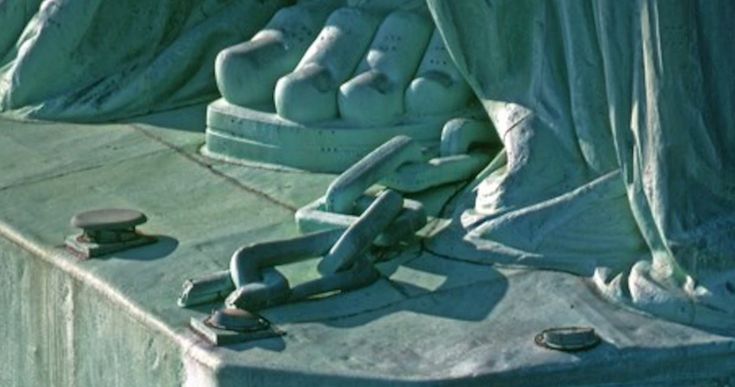
The Black History of Lady Liberty
The iconic Statue of Liberty was built to recognize the end of slavery. Édouard de Laboulaye, of France, first proposed the idea of this monument in 1865. He was an expert on the U.S. Constitution and was sitting on a reparations committee overseeing payments to freed, formerly enslaved people. At a meeting of abolitionists at Laboulaye’s home, per Berenson, via the Washington Post: “They talked about the idea of creating some kind of commemorative gift that would recognize the importance of the liberation of the slaves.”
Ten years later, the sculptor Frédéric-Auguste Bartholdi designed it. The initial iteration had the Lady holding broken chains in one hand. A final iteration has the broken chains at her feet.
MORE RESOURCES
Read
- The Women Who Preserved the Story of the Tulsa Race Massacre
- 10 Amazing Black Architects Whose Work has Shaped America
Listen
Attend
- NOMA UNPLUGGED Conference, Nashville
October 25-30, 2022
Get Involved
The Slow Death of the Dedicated Attorney Office
Some attorneys start to get nervous when workplace designers discuss the private office. Why? We live in a corporate world now dominated by open layouts and free address plans, some very successful and others, less so. As law firms continue to modernize and explore trends that were long ago adopted by other industries, we’re seeing more of them embrace progressive space concepts than ever before. Does this mean dedicated, private attorney offices are on their way out?